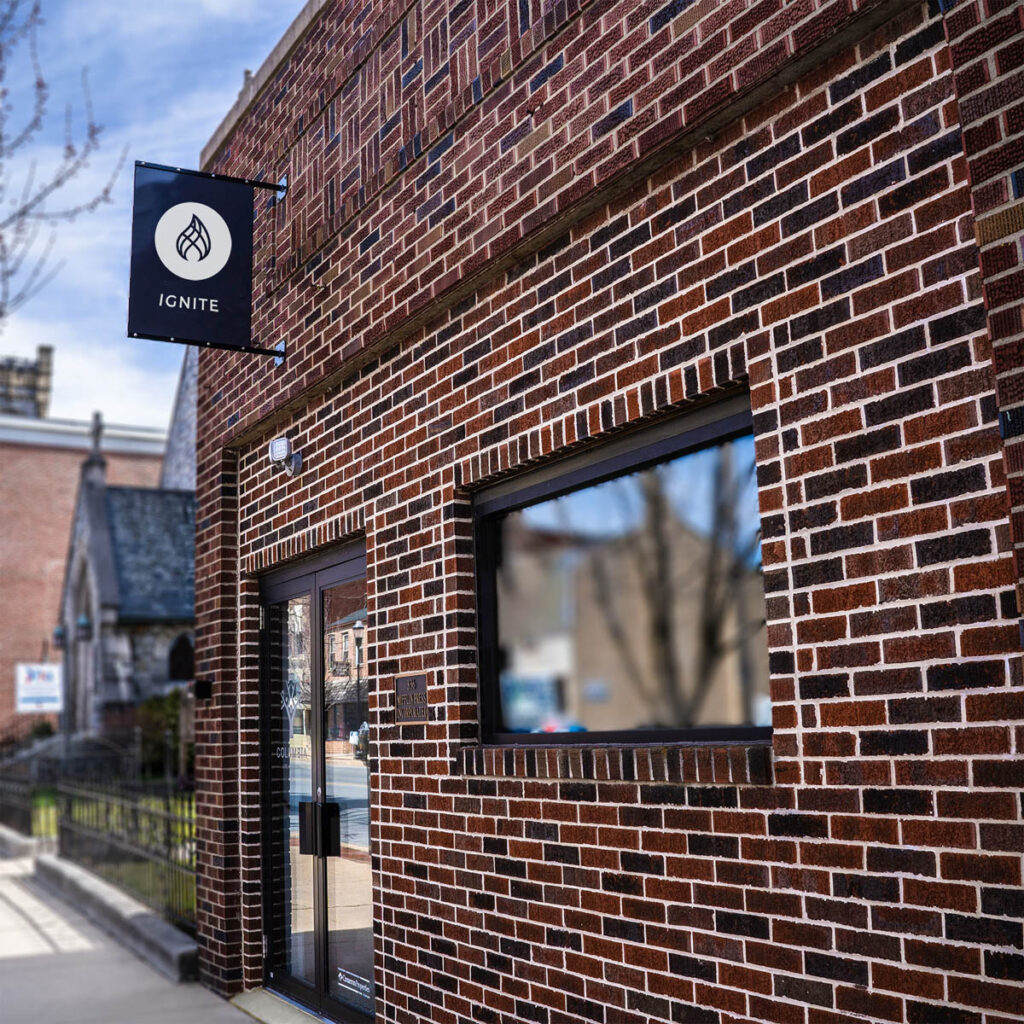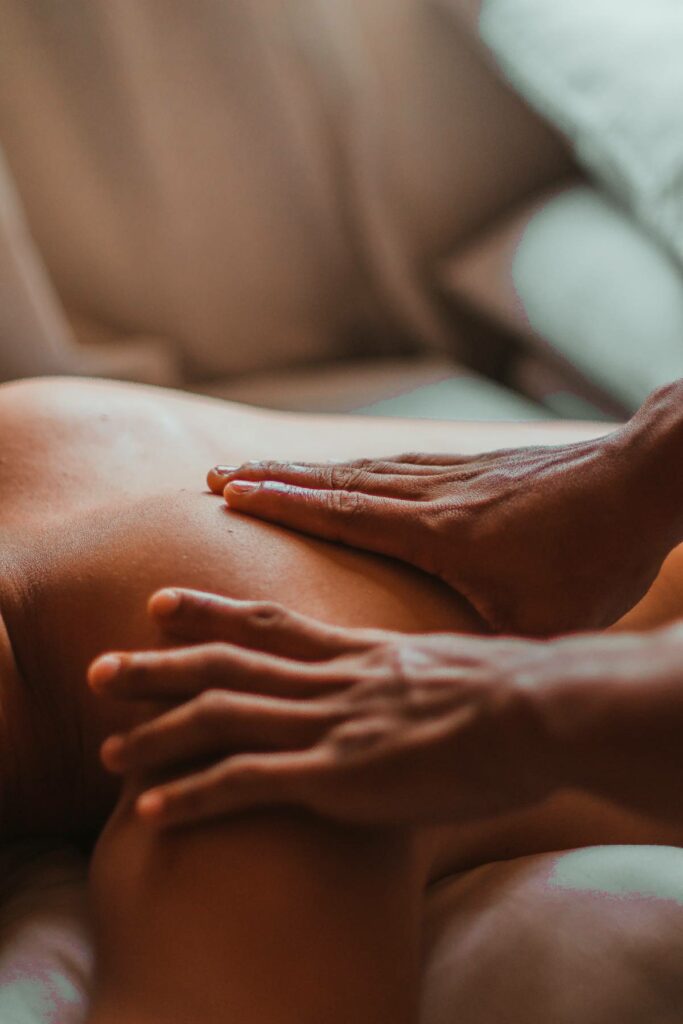Massage Therapy in Columbia Pennsylvania

Massage Therapy Conveniently Located in Columbia, PA
Columbia Pennsylvania is a quaint river town with a tight knit community. It has scenic overlooks of the Susquehanna river, often attracting photographers and artists to capture the aesthetically pleasing sunsets along the historic 462 bridge. Hikers and bikers enjoy visiting the Pinnacle overlook and the Columbia rail trail. Nestled in this little town are proud local business owners, antique shops, and loyal long time residents. Recent investors have breathed new life into this historic town: home renovations, new businesses and events are springing up all around with a newfound buzz of energy.
In every town there needs to be a good massage therapist to serve the local community. Massage 336 LLC is conveniently located in the heart of downtown Columbia on 336 Locust street. This is a central location, right across from a new apartment complex, the police station, and a long-loved restaurant, Hinckles, where friends come to to meet.
People often often ask, what is the importance of massage? Why get one? And what should you expect when getting a massage?
What is Massage Therapy?
Massage is the manual manipulation of soft tissue: muscles, ligament, tendons, and others to improve a person’s overall health and well-being. The benefits range from an increase of relaxation, stress and anxiety relief, reducing pain and improving circulation. There are many different styles of massage which we will cover in more detail further into this article (LINK).
A little history lesson:
Massage has been around for thousands of years, with the earliest evidence of it tracing back to 3000 BCE in Indian and Chinese medicinal textbooks. Massage has survived thousands of years not only because of its undeniable benefits, but because human connection and touch are such an important part of the human experience. Fast forward to today, massage is now a licensed therapy through the state (starting in 2008) and massage therapists often work alongside chiropractors and in tandem with physical therapists.

What Can I Expect When I Get a Massage?
Assuming you are getting a massage at an upstanding place within the US, it should be a pleasant experience from start to finish. Typically the practice will have you fill out an intake form and sign to consent for the massage. You should receive treatment in a private room (treatment rooms are usually on the smaller side) on a massage table.
The therapist should have a brief discussion with you about your goals for the massage, health conditions listed on your intake, or anything else notable for the session.
The therapist should leave the room in order for you to have privacy to undress and get on the table underneath a sheet. Derobbing usually entails taking off all of your clothes, but underwear can stay on (keeping your underwear on or other clothes can be discussed with your therapist).
The therapist should return within a few minutes to begin the session.
Unless previously agreed upon, the therapist will typically drape the sheet to expose the area they are working on. Typically massage covers the full body: including your back, each leg (front and back), each arm and neck/head. Massage should never include genitals or breast tissue (although chest can be worked on as there are muscles there) You should feel comfortable and unexposed the whole time.
Talking during the session is often limited with the exception of the therapist possibly checking with you to make sure you are comfortable and the pressure is ok. It is important for you, the client, to know that you have the autonomy to communicate with the therapist if you are at any point feeling uncomfortable or want them to stop something they are doing.
Payment afterwards and a tip of around 20% is common. Unfortunately your insurance will not usually cover or help with the bill unless you are at a dedicated practice specifically for your insurance.

How Often Should I Get A Massage?
I often answer this question by pointing out the two main factors that can be a challenge when it comes to receiving regular massage: time and money. These are real factors. Really there is not a limit or a risk of “overdoing” bodywork. But most times we are limited by either one or both of these resources. There is not a magic number or regularity, but you will get the most benefit out of massage if you are getting them consistently. Once a year is a nice treat, but not a great health regiment. A good goal post is getting massages with a month in between.
Why is Massage Therapy Important?
So why even get a massage?
Massage therapy offers a wide range of benefits to your physical, emotional and mental health.

Types of Massage
There are numerous styles of massage called “modalities.” The most common one used in America is Swedish massage. This approach is primarily focused on promoting relaxation by using gentle, calm strokes to bring down the nervous system and bring calm to the muscles.
Other common modalities include:
Sports Massage
Sports Massage
Trigger Point Therapy
Trigger Point Therapy
Thai Massage
Thai Massage
Reflexology
Reflexology
Deep Tissue
Deep Tissue
Myofascia Release
Myofascia Release
So, What is Deep Tissue Massage?
Deep Tissue Massage is an approach that goes far deeper into the muscles and connective tissue than basic relaxation massage with targeted work on problem areas. This seems to be the most asked about and sought after type of massage. We want our painful areas addressed and really effectively worked out.
In deep tissue massage the strokes are often slower and deeper, targeting specific areas of pain that can stem from poor posture, injury, or chronic stress.
It may not be well known that massage isn’t just for athletes or people with physically demanding jobs (though it is great for them). It’s ideal for anyone dealing with:
- Chronic muscle pain
- Postural imbalances
- Stiff neck or sore shoulders
- Injury recovery / breaks up scar tissue
- Lower back pain
We even see how people with desk jobs who are sitting in front of a computer all day can really benefit from deep tissue massage. Sitting like this for hours we tend to round our shoulders and neck forward causing strain in our upper back and neck as our spine tries to support us.
Deep tissue sessions usually start off with some introductory strokes and easing into the muscles. The therapist may use elbows a lot to apply a good amount of direct pressure to encourage the fascia to lengthen out. They may also use knuckles or thumbs for specific parts of the muscle or to aid in breaking up adhesions along the way. The sensation can be intense at times, but should never be something that you cannot breathe through. Often people will comment how the pain is a “good” pain or it “hurts so good.”
After a deep tissue session, don’t be surprised if you experience moderate muscle soreness in the following few days. This should not exceed a week. You may feel mentally lighter, have increased mobility, and may even sleep better.
Other benefits include:
- Improved muscle tension and pain
- Improved range of motion
- Reduced stress
- Improved posture
Trust
The place you select should be reputable, trustworthy and the therapist should be licensed through the state.
Comfort
The place should make you feel comfortable by having good communication, a clean office and being welcoming and warm.
Care
You are getting a massage because most likely you want to be cared for. A massage therapist should take time to listen to your specific needs, adapt to your requests and individualize the session for you.
Convenience
There are many great massage therapists out there, but realistically you probably are looking for one that is near you. It is best to have a place that is nearby and available at the times when you would like to get a massage.
Where Do I Go for A Massage? Finding the Right Therapist for You
Today there are a handful of options when looking for a place to schedule a massage. Some factors you may want to consider when choosing the right practice and therapist are: Trust, Comfort, Care and Convenience.
Here are some different options of places to book your next massage:
- Spas
- Holistic Centers
- Private Practices
- Chiropractors Office
- People’s Homes - some practitioners work out of their homes in either one of their rooms or a separate part of their house or outbuilding, garage, etc.